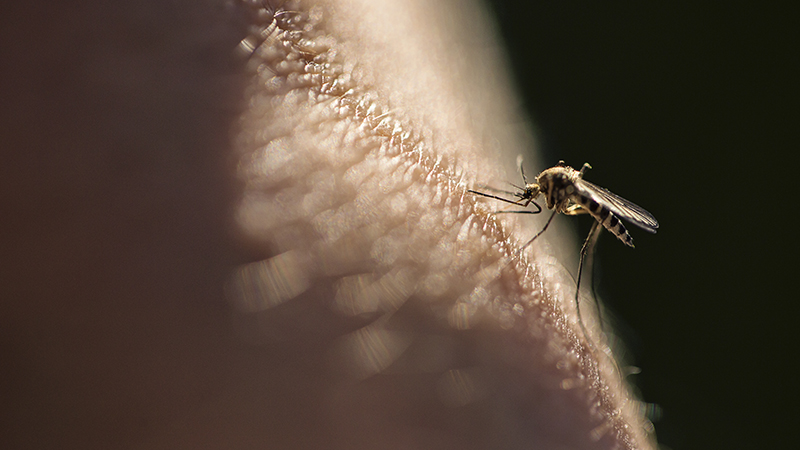Causes and Diagnoses
Causes and Diagnoses of Lyme Disease
Lyme disease is caused by the spiral-shaped bacterium Borrelia burgdorferi, which is carried by black-legged ticks that travel on deer and other animals. Ticks are parasites that suck the blood of human and animal hosts. During the process of feeding, they infect the host’s blood with the bacterium.
Preventing Lyme disease
There are several precautions you can take to avoid getting Lyme disease:
- Use insect repellent with 20 percent or more of DEET, picaridin or IR3535.
- Wear long pants, long sleeves and closed-toe shoes. Tuck your pants into your socks.
- Avoid walking through high grasses – stick to the center of trails.
- Check for ticks as soon as you come indoors, particularly in body creases, such as the underarm, groin and nape of the neck.
- Bathe or shower soon after outdoors activity.
- When removing a tick, grasp the tick as close to the skin as possible using tweezers. Pull slowly without twisting.
- Save the tick in a plastic bag for testing.
- Clean the bite with rubbing alcohol or antiseptic lotion.
- Watch for a fever or rash.
- Check your pets regularly for ticks.
- Keep patio furniture and play structures away from bushes, grasses and other areas where deer might gather and ticks can hide.
Diagnosing Lyme disease
Lyme disease is often diagnosed through symptoms and the presence of a tick bite. The tick itself can be tested for the bacterium if you remove it and save it.
Often, diagnosis can be challenging because Lyme disease symptoms vary from person to person. Many people never realize they’ve had a tick bite—especially if they never develop a rash—and their symptoms may mimic the flu and other respiratory diseases. In cases such as these, diagnosis may begin with testing to rule out other conditions. Ultimately, a blood test may be required to confirm the presence of the Lyme disease bacterium.



